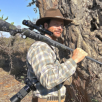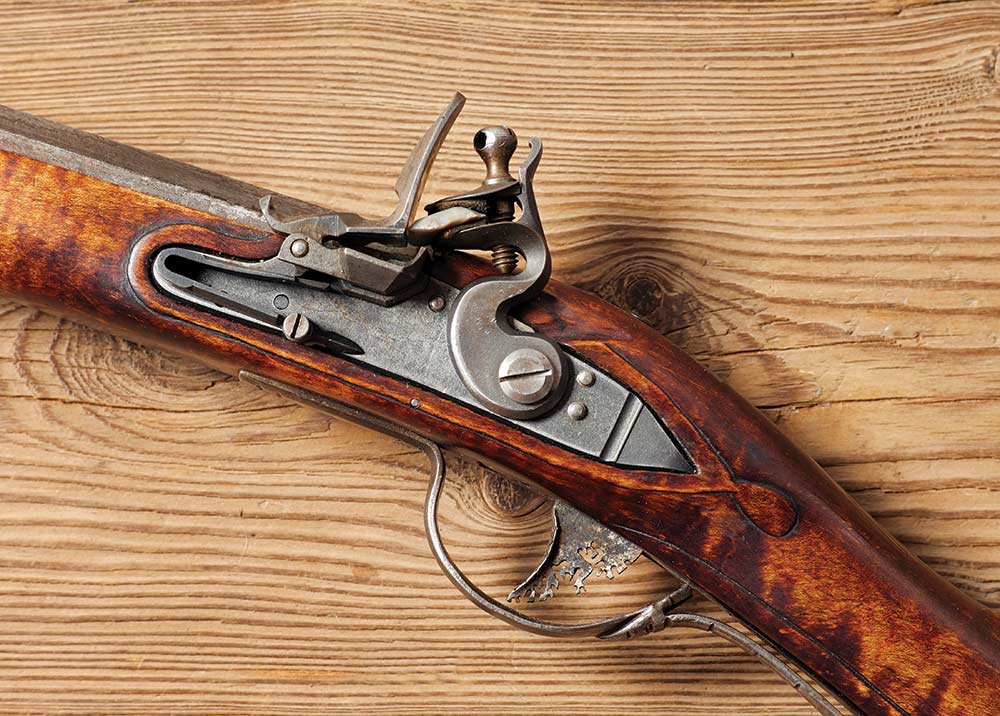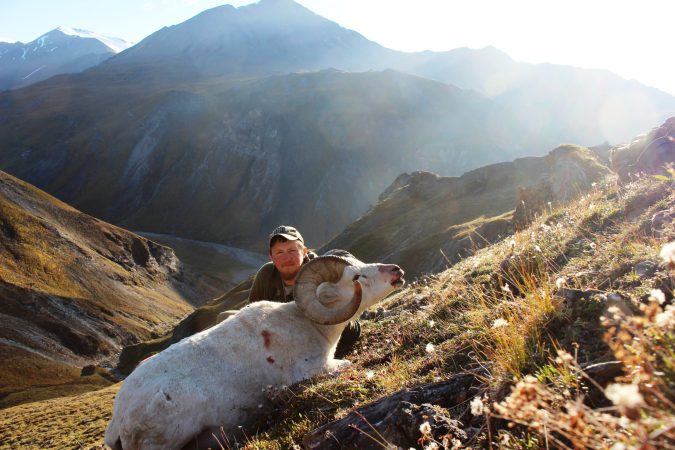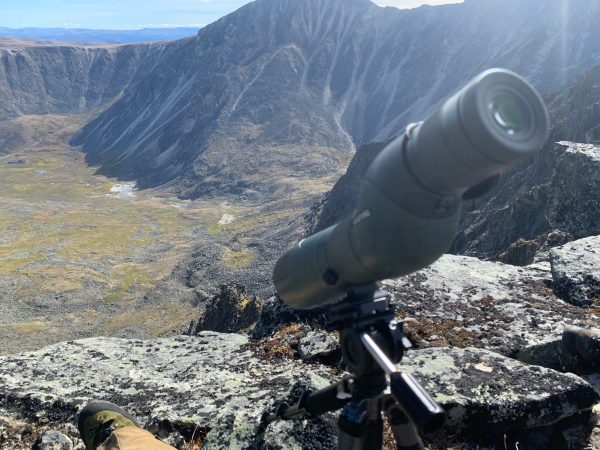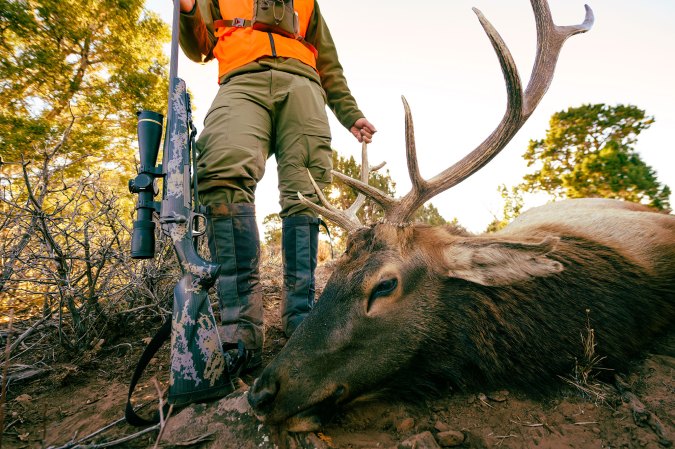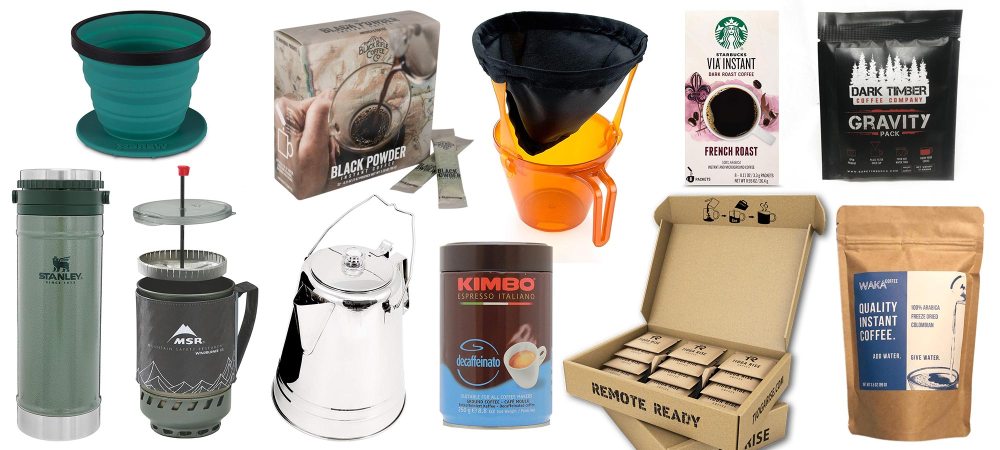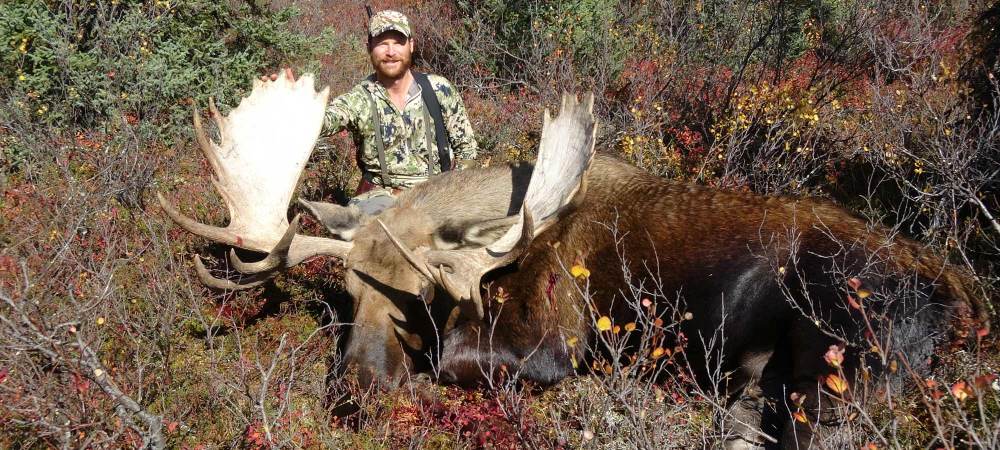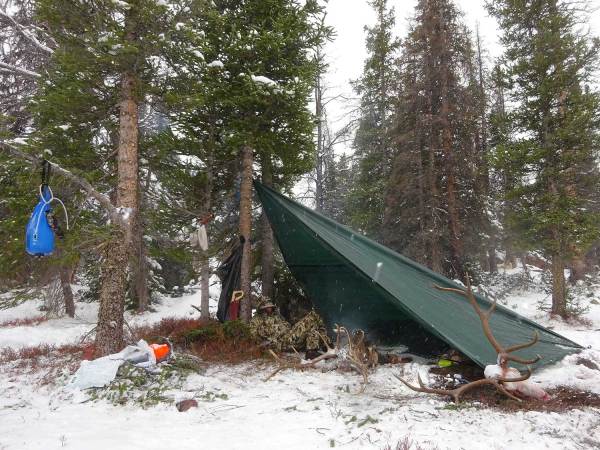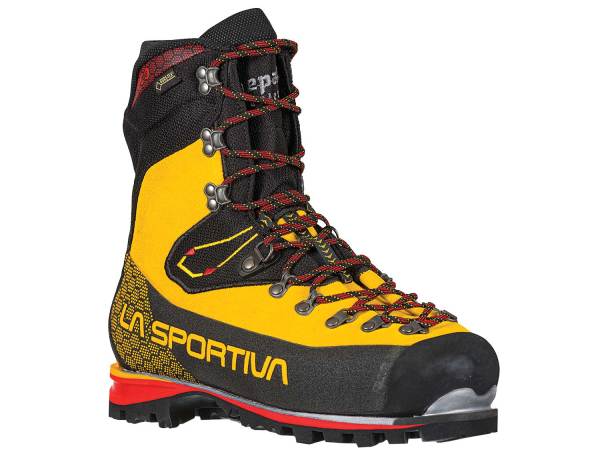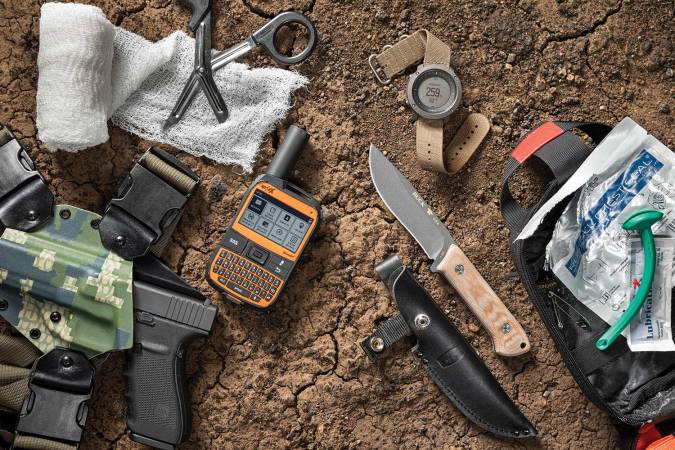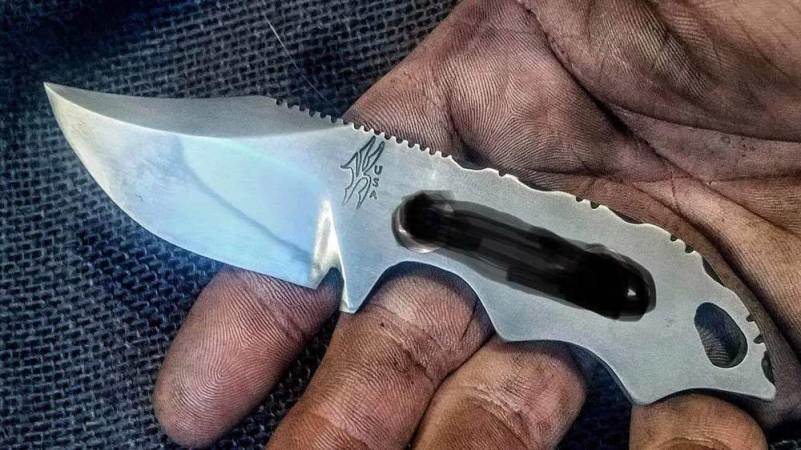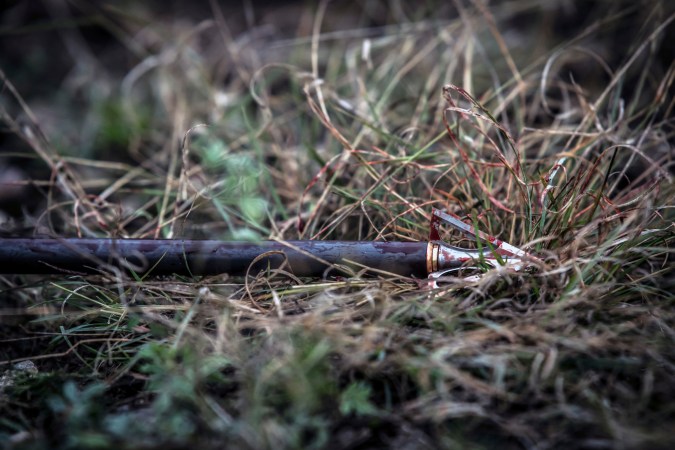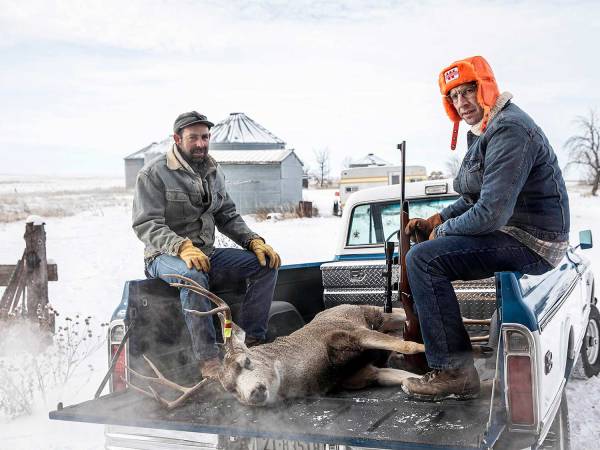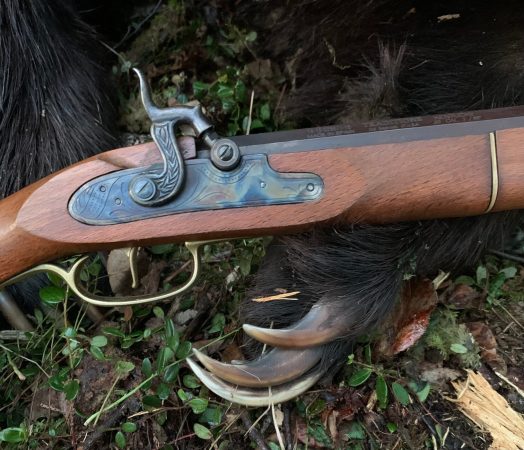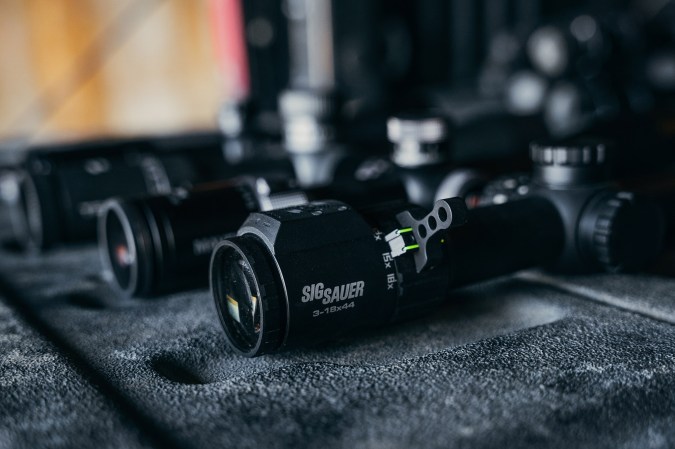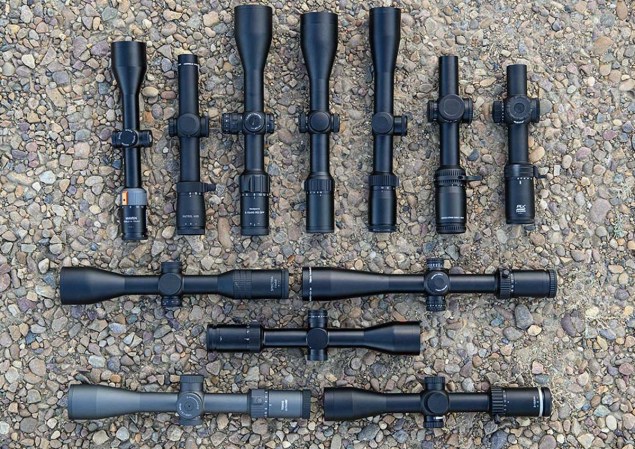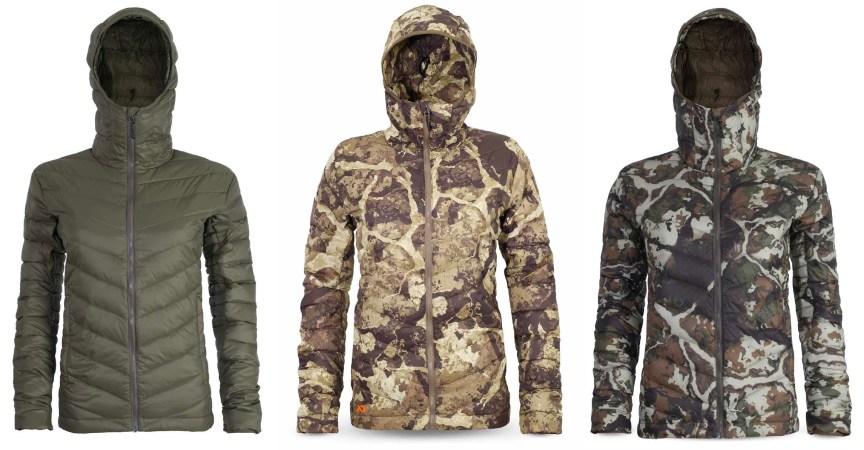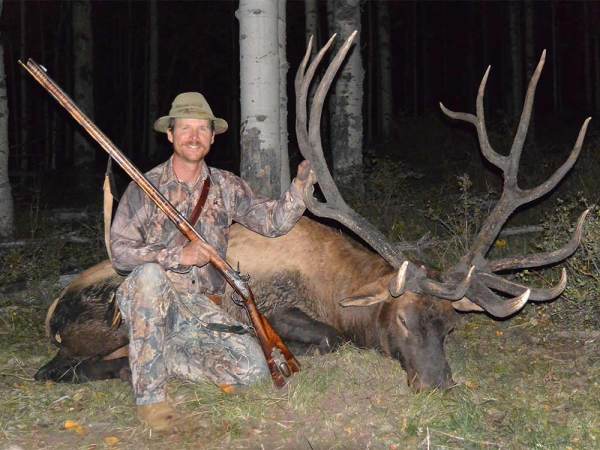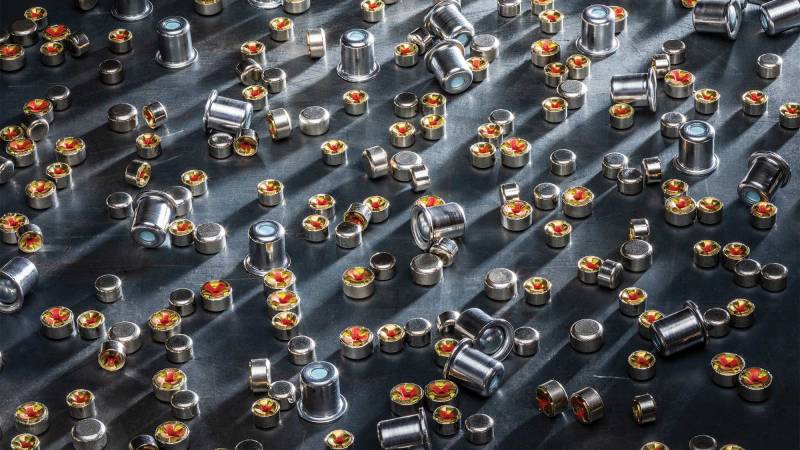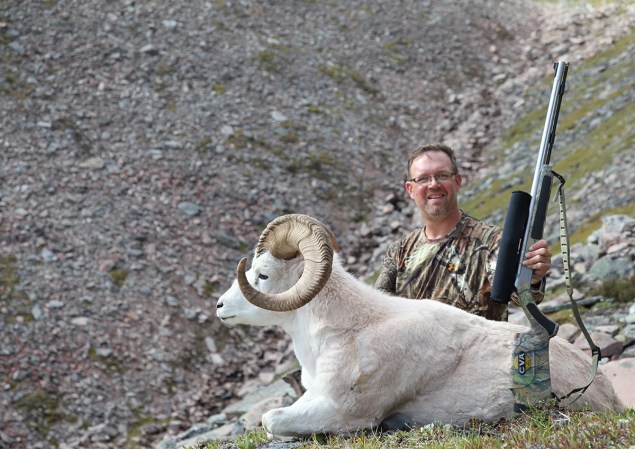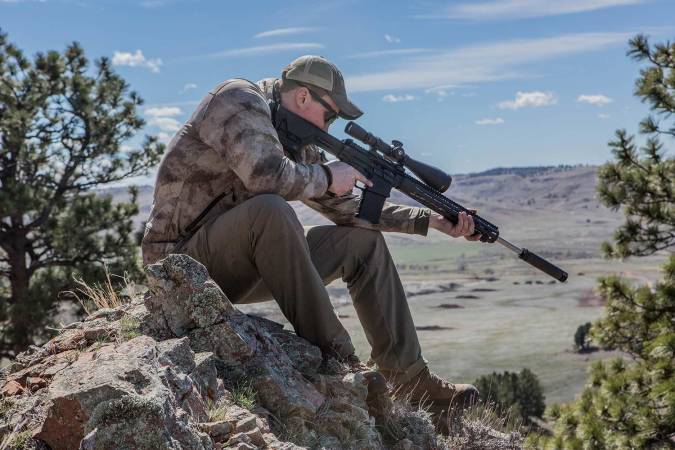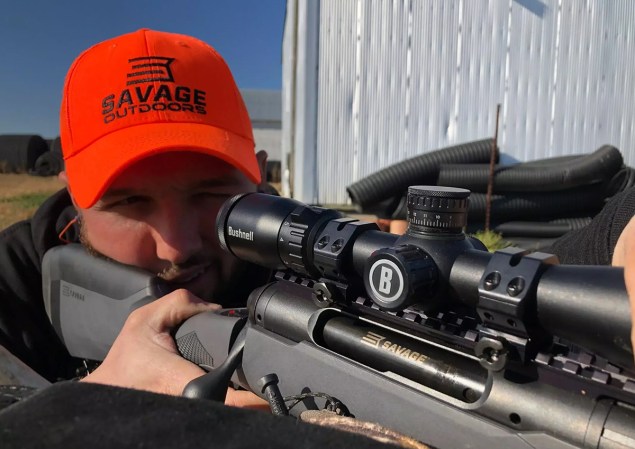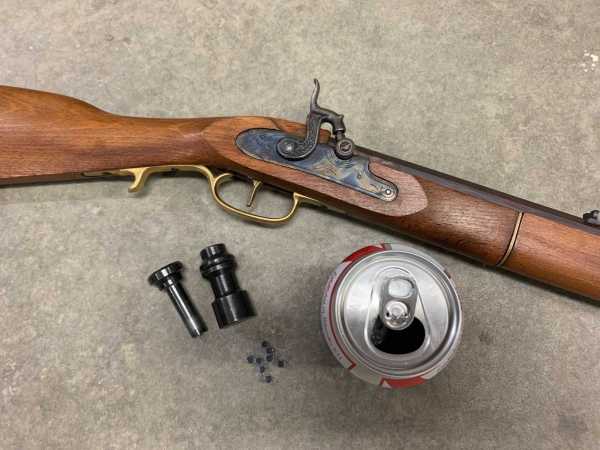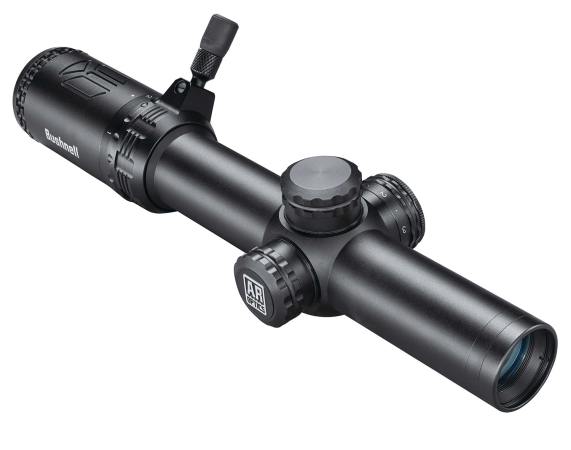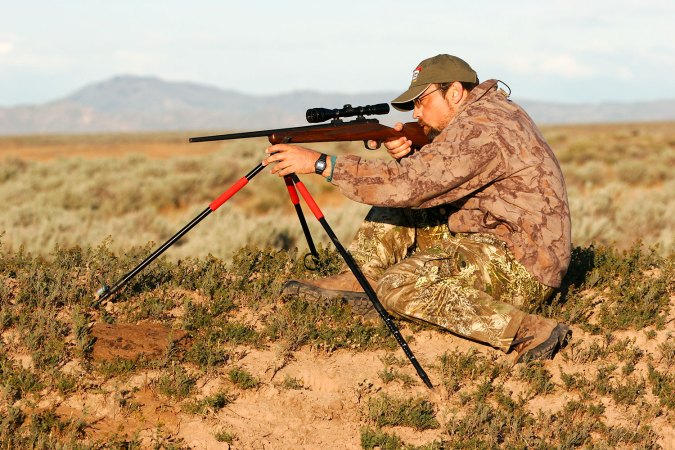We may earn revenue from the products available on this page and participate in affiliate programs. Learn More ›
The muzzleloading long rifle was America’s first significant contribution to firearms design. Long, graceful, and accurate, Golden Age long rifles (circa 1780 to 1840) rendered America’s fighting men and frontiersmen more accurate, more deadly, and, of course, more classy than their musket-packing compatriots in other countries. Long rifles were used to defend our freedom through several major conflicts, which is something inline muzzleloaders will never be able to claim.
Modern hunting muzzleloaders have superseded traditional ones almost everywhere nowadays. But they’ll never be as revered or historic. One enchanting thing about a traditional muzzleloader is that it presents a challenge to your hunting and woodsmanship skills. Here’s what you need to know to become an effective shooter and hunter with flintlock and caplock muzzleloading long rifles.
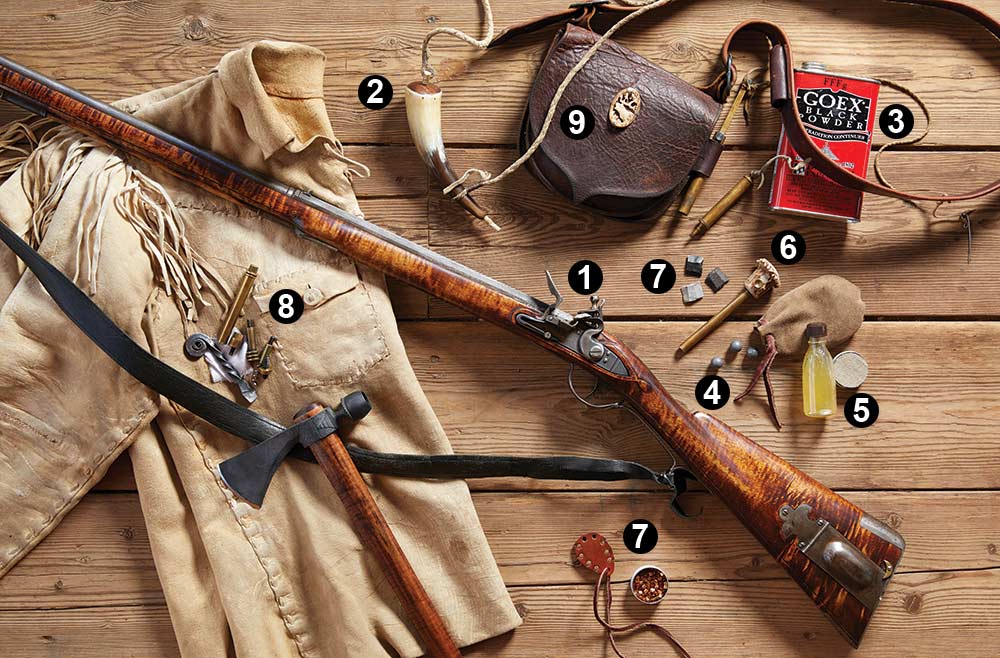
1. The Rifle For hunting, you’ll want a traditional muzzleloader in .50 or .54 caliber. Kentucky, Tennessee, Southern Mountain, Virginia, Pennsylvania, and Hawken-style rifles all fit the bill. I’d recommend starting with a caplock—they’re easier to shoot accurately, and are less challenging in damp weather than flintlocks.
2. Powder Horn Early powder horns were often works of art, intricately carved and scrimshawed. You can buy or make your own horn, and it can be as simple or as fancy as you wish. You’ll want it to hold at least 30 charges of powder, and to have a leather or woven strap so you can hang it across your shoulder and chest.
3. Powder and Measure This simple brass measure adjusts from 10 to 120 grains. I prefer to use black powder versus the various substitutes. Although the substitutes are cleaner, they are harder to ignite. I use FFFg-size powder (the more Fs, the smaller the granulation), finding that I get slightly better velocity and less fouling than with FFg.
4. Lead Round Balls Round balls can be purchased from manufacturers like Hornady and Speer, in either cast or swaged iterations. Or you can cast your own with a simple mold. For best accuracy, you will want a very tight fit between bore, patch, and bullet. The patched bullet should be hard to start into the bore and give significant resistance when ramming home.
5. Patches and Bear Oil Patches, made from linen or other material, wrap around the bullet to create a solid grip between bullet and rifling. You want to coat them with either a wax- or oil-based lubricant when hunting. Products like Bore Butter work well, but my personal favorite is bear oil, which you can obtain by rendering black bear fat.
6. Short Starter A short starter is simply a short section of ramrod for starting your tightly patched round ball down the barrel.
Read Next: Going Primitive: A Record-Book Longbow Buck and Flintlock Bull Elk
7. Primers and Flint Most caplocks use number 11 caps. You can make a simple cap holder by punching cap-size holes around a teardrop-shaped piece of thick leather, then cutting from the hole to the edge. Flintlocks are cooler, but they’re also more complex and challenging. You’ll need a good, sharp flint locked in your hammer’s jaws, plus a couple of spare flints in your tool kit.
8. Tool Kit Here’s what it should contain: A cleaning jag for your caliber and threaded to fit your ramrod. A fouling scraper to rid your breech of powder residue. A bullet puller. A patch worm to recover patches lost or dropped inside the bore. A nipple wrench (for caplocks) to remove the nipple for cleaning. A flat-head screwdriver, vent pick, and knapping tool to change flints, clear the flash hole, and flake the edge of your flint sharp.
9. Shooting Bag This is where your extra bullets, patches, flints, powder measure, priming, tool kit, short starter, and cleaning supplies reside. Buy one or make your own. It should have a sturdy carrying strap, several large and small compartments, and a flap to keep it all covered.
